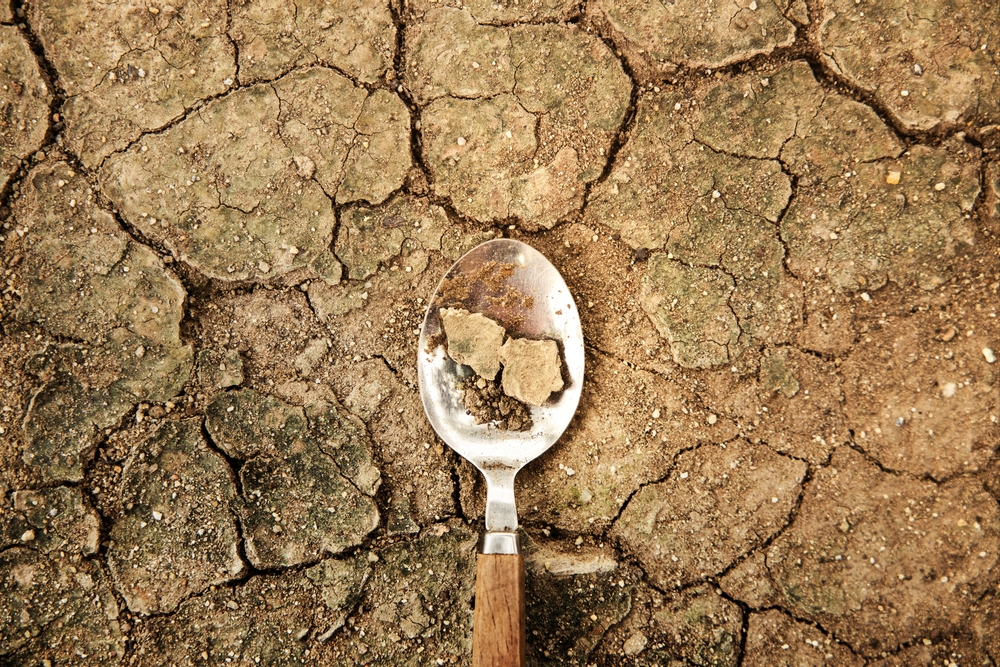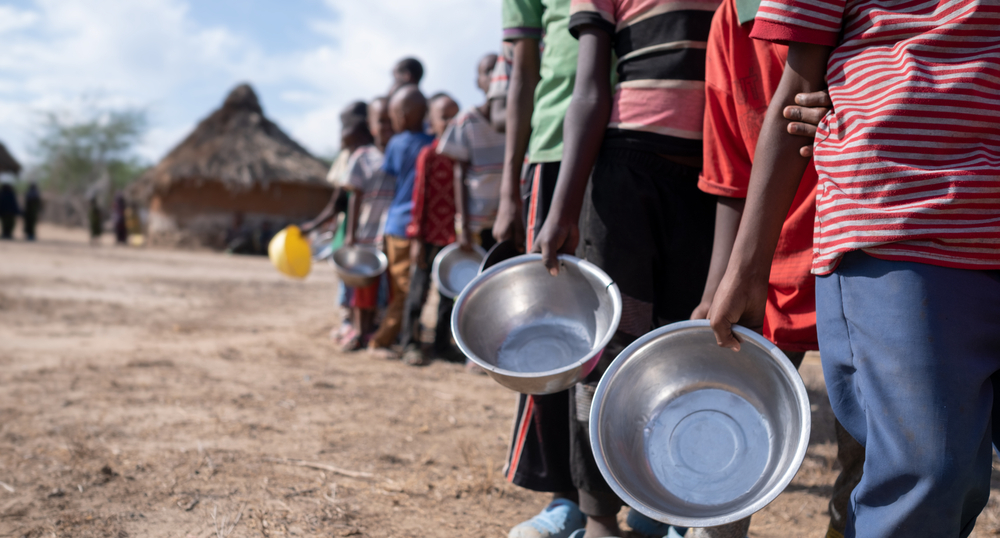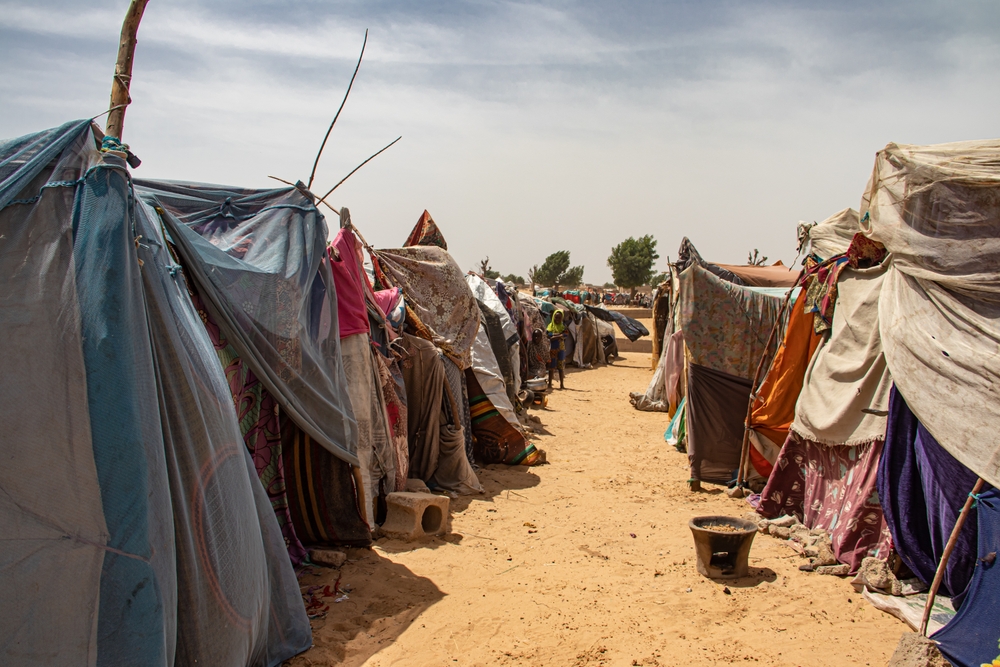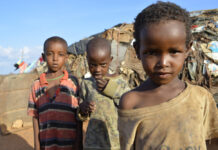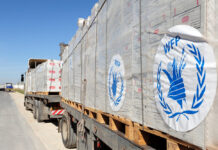In early 2017, the Secretary General of the United Nations warned that 20 million people were at risk of famine, including 1.4 million children at imminent risk of death (37). In Yemen alone at that time, 7 million people were on the brink of starvation while two-thirds of the population was relying upon humanitarian aid to survive. Every 10 minutes a Yemeni child was dying, and food deprivation was the leading cause (38). The United Nations humanitarian chief Stephen O’Brien said at the time, “We are standing at a critical point in history. Already at the beginning of the year we are facing the largest humanitarian crisis since the creation of the United Nations.” (39)
This is an excerpt from the 2019 book How the World Ends: Understanding the Growing Chaos. At that time JB Shreve explained how three core crises (population, food, and water) would contribute to a terrific rise in chaos across the globe during the next half century. By-products of these core crises would be pandemics, resource wars, social unrest, and increasing divides between rich and poor. These secondary crises would amplify the coming storm. All of that is happening now, even faster than predicted at the end of 2019. We are publishing portions of the “food crisis” section of the book here each day this week. Readers who want to go deeper are encouraged to purchase your copy of the book here.
The World Food Programme reported in 2019 that 1 in 3 people around the world suffer from malnutrition. In the developing world, 12.9 percent of the population is undernourished. Poor nutrition is the leading cause of death for children around the world under the age of five, accounting for nearly 45 percent of deaths in this age bracket – that’s 3.1 million children. One in four of the world’s children is underweight. That number increases to one in three in the developing world.
In a nation like Yemen, torn apart by war, corruption, and chaos, families frequently must choose whether to use what little financial resources they have to buy medical supplies for their weakest children or to buy scraps of food for those that remain strong. A spokesman for the organization Action Against Hunger reported regarding these Yemeni children in 2016, “This is an entire generation at risk here.” (40) Even when food can be found, it is frequently the wrong kind of food, providing the calories to keep bodies alive but providing no nutrients, thus ensuring malnourishment, future health issues, and physical deformities. By 2018, three years into the war in Yemen, the organization Save the Children reported that 85,000 children under the age of five had already starved to death there (41). According to a Reuters report, mothers were being forced to leave their children to starve.
“If a family does not have the necessary economic resources to feed the entire family then they will select who to feed. Sometimes you get up to a point where a mother is literally forced not to feed certain members of the family, most probably the youngest one.” Reuters (42)
Travel to South Sudan, and you’ll see guerillas and terrorist groups raid the food supplies of non-governmental organizations and relief agencies. The food arrives in the war-torn country only to be looted by the bad guys. As a result, many of the refugees living in displacement camps are forced to leave the shelter of the camps to search for food. This task generally falls upon the women and unveils yet another aspect of the horrible chaos in South Sudan. The militias are using hunger as a weapon against the people. When women leave the camps in search of food for their families, they are frequently captured by the militias, raped and beaten; then those who live are returned to the camp. Upon returning they live under the stigma of the rape while they and their children continue to starve (43). In early 2019, Human Rights Watch detailed multiple accounts where women were gang raped at security check points near Beintu as they attempted to go to the markets to secure food rations for their families. (44)
To the east, the small nation of Bangladesh in south Asia already had one of the highest starvation rates in the region before the Rohingya refugees began arriving in 2016 and 2017. In Myanmar the Rohingya people were facing ethnic cleansing from the nation’s military. Their food supply was specifically targeted. Markets were shut down. Farms were burned. In their flight from the advancing government troops, many of the Rohingya were slaughtered in reported massacres. People who survived were separated from their families and many died in the mass exodus of almost 1 million Rohingya refugees across the border. There were no aid agencies. There were no supermarkets. Men, women, children, and the elderly survived on rainwater and grass or other plants found along their escape routes.
These are the stories, statistics, and scenarios for millions of people around the world suffering under the unique weight of man-made famines in the 21st century. The injustice and tragedy are heightened when contrasted against the bizarre paradoxical experience and issues afflicting those in other parts of the world.
We will run excerpts from JB Shreve’s book How the World Ends:Understanding the Global Chaos throughout this week. These excerpts explore the nature and pathways of the global food crisis that is now arriving. Check back tomorrow for the next post in this series.
